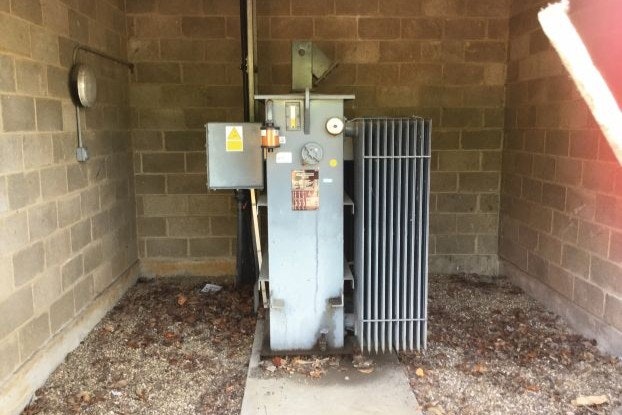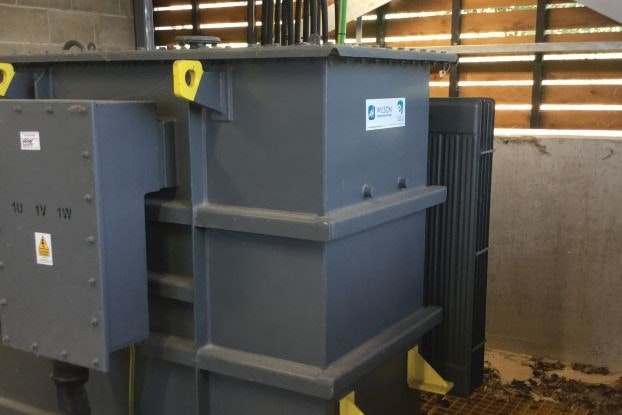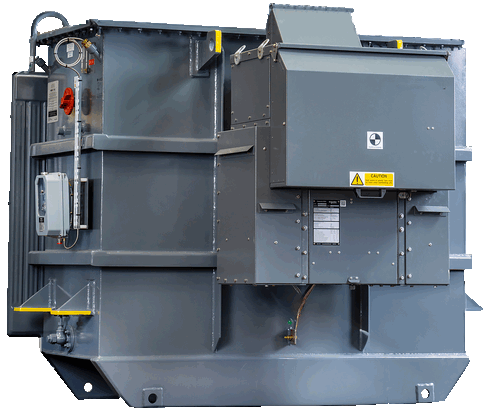times
kettle's boiled


Europe’s most efficient distribution transformer
Upgrading to Wilson e4 Ultimate Low Loss Amorphous® Transformer provides you with substantial carbon, energy and financial savings. Use our payback calculator to find our potential savings.
Your Transformer Savings
This is compared to your existing transformer, with a kVA rating, % load factor and £ per kWh initial tariff.
£
kWh
tonnes CO₂e
£
kWh
tonnes CO₂e
Get more details
Fill out the form below to receive a breakdown of the annual energy, carbon and financial savings

Your tonnes CO₂e visualised:
times
kettle's boiled
miles
driven in a car
flights
London to San Francisco
Related Products

Wilson e4 Ultimate Low Loss Amorphous®
Up to 3MVA with 11kV to 415V (savings exceed Tier 2)
Europe's most energy-efficient distribution transformer

We're here to help
If you need further information or additional product details, talk to one of our regional sales managers today.
